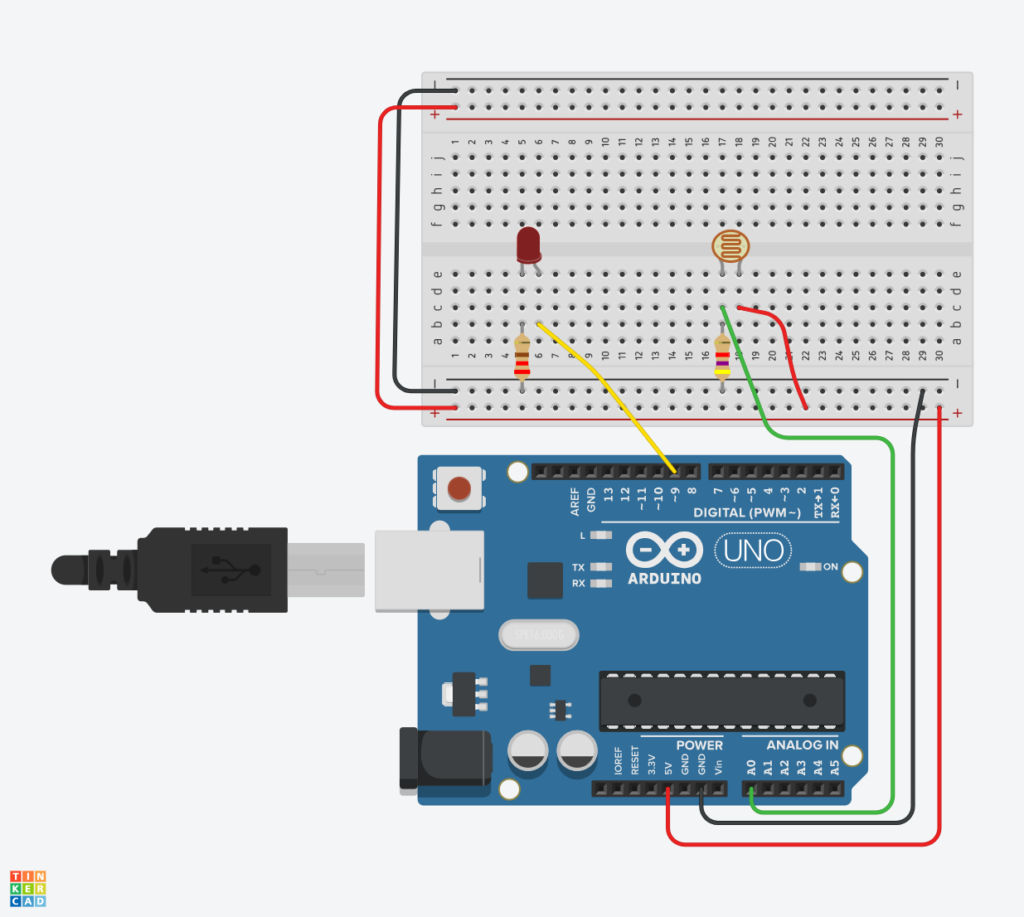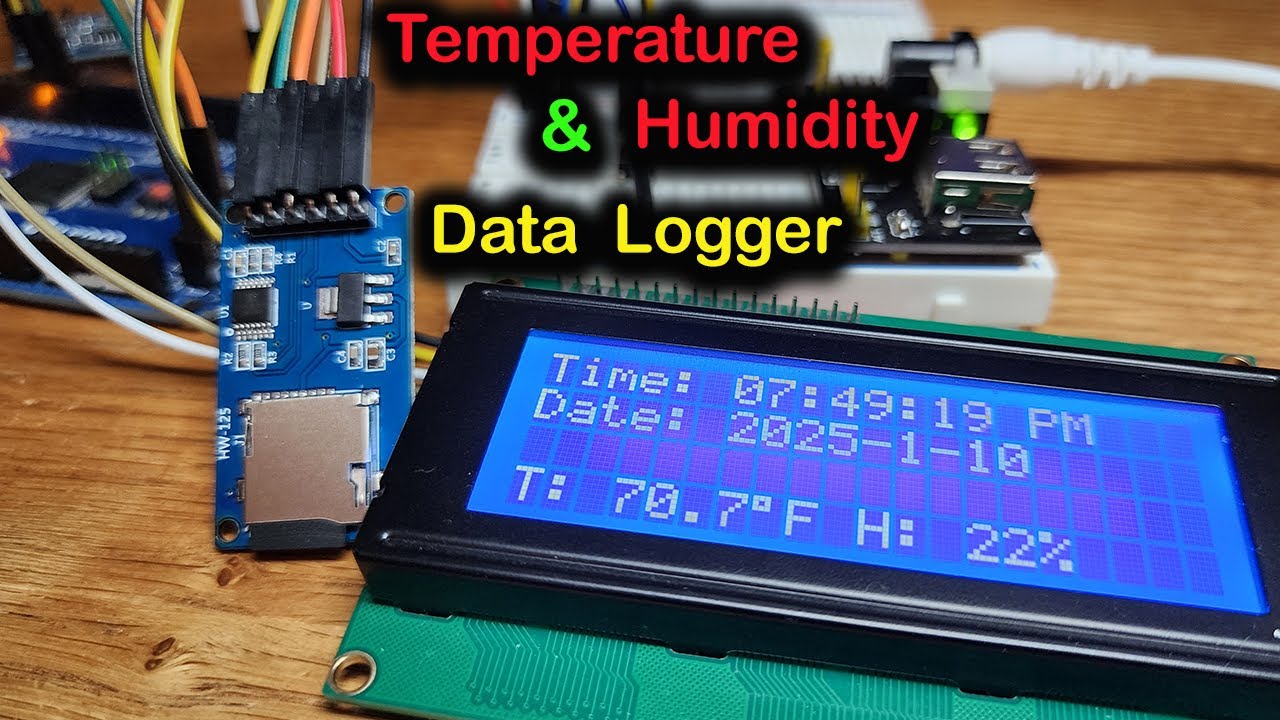How to Use a Photoresistor (LDR) for Light Sensing?
Photoresistors, also known as Light Dependent Resistors (LDR), are incredibly versatile components that can be used in a variety of applications. One common use for photoresistors is in light sensing circuits, where they can provide valuable input on the light levels in a given environment. In this article, we will discuss how to use a photoresistor for light sensing and provide some tips for maximizing its effectiveness.
What is a Photoresistor?
A photoresistor is a type of resistor whose resistance changes based on the amount of light it is exposed to. When exposed to light, the resistance of a photoresistor decreases, allowing more current to flow through it. Conversely, when in darkness, the resistance of the photoresistor increases, limiting the flow of current.
Photoresistors are commonly used in light sensing applications due to their ability to detect changes in light levels quickly and accurately. They are often found in automatic lighting systems, camera exposure controls, and even solar panels.
How to Use a Photoresistor for Light Sensing
Using a photoresistor for light sensing is relatively straightforward and requires only a few additional components to create a basic light sensing circuit. Here’s a step-by-step guide on how to set up a simple light sensing circuit using a photoresistor:
- Start by gathering the necessary components, including a photoresistor, a resistor (to create a voltage divider), a microcontroller or analog-to-digital converter, and a power source.
- Connect one end of the photoresistor to the positive terminal of the power source and the other end to the analog input of the microcontroller or analog-to-digital converter.
- Connect a resistor between the analog input and the ground terminal of the power source to create a voltage divider circuit.
- Write a simple code on the microcontroller to read the analog input value and convert it into a light level reading.
- Calibrate the circuit by adjusting the values of the resistor and the code to ensure accurate light sensing.
Once you have set up the circuit, you can use the light level readings to control other components in your project, such as turning on lights or adjusting the brightness of a display. Photoresistors are highly sensitive to changes in light levels, making them ideal for applications where precise light sensing is required.
Tips for Maximizing Photoresistor Effectiveness
Here are some tips for maximizing the effectiveness of a photoresistor in light sensing applications:
- Choose the right type of photoresistor for your application based on its sensitivity and response time.
- Protect the photoresistor from direct sunlight or other sources of intense light to prevent damage.
- Calibrate the circuit regularly to ensure accurate light sensing readings.
- Experiment with different resistor values in the voltage divider circuit to achieve the desired sensitivity and range of light detection.
- Consider using a filter or diffuser to reduce the impact of ambient light on the photoresistor.
By following these tips and guidelines, you can make the most of your photoresistor for light sensing applications and create a reliable and accurate light sensing system for your projects.
Conclusion
Photoresistors are versatile components that can be used in a wide range of light sensing applications. By understanding how to use a photoresistor for light sensing and following some basic tips for maximizing its effectiveness, you can create precise and reliable light sensing circuits for your projects. Experiment with different setups and configurations to find the best solution for your specific needs and enjoy all the benefits that photoresistors have to offer.
How to Use a Photoresistor (LDR) for Light Sensing?
Photoresistors, also known as Light Dependent Resistors (LDR), are incredibly versatile components that can be used in a variety of applications. One common use for photoresistors is in light sensing circuits, where they can provide valuable input on the light levels in a given environment. In this article, we will discuss how to use a photoresistor for light sensing and provide some tips for maximizing its effectiveness.
What is a Photoresistor?
A photoresistor is a type of resistor whose resistance changes based on the amount of light it is exposed to. When exposed to light, the resistance of a photoresistor decreases, allowing more current to flow through it. Conversely, when in darkness, the resistance of the photoresistor increases, limiting the flow of current.
Photoresistors are commonly used in light sensing applications due to their ability to detect changes in light levels quickly and accurately. They are often found in automatic lighting systems, camera exposure controls, and even solar panels.
How to Use a Photoresistor for Light Sensing
Using a photoresistor for light sensing is relatively straightforward and requires only a few additional components to create a basic light sensing circuit. Here’s a step-by-step guide on how to set up a simple light sensing circuit using a photoresistor:
- Start by gathering the necessary components, including a photoresistor, a resistor (to create a voltage divider), a microcontroller or analog-to-digital converter, and a power source.
- Connect one end of the photoresistor to the positive terminal of the power source and the other end to the analog input of the microcontroller or analog-to-digital converter.
- Connect a resistor between the analog input and the ground terminal of the power source to create a voltage divider circuit.
- Write a simple code on the microcontroller to read the analog input value and convert it into a light level reading.
- Calibrate the circuit by adjusting the values of the resistor and the code to ensure accurate light sensing.
Once you have set up the circuit, you can use the light level readings to control other components in your project, such as turning on lights or adjusting the brightness of a display. Photoresistors are highly sensitive to changes in light levels, making them ideal for applications where precise light sensing is required.
Tips for Maximizing Photoresistor Effectiveness
Here are some tips for maximizing the effectiveness of a photoresistor in light sensing applications:
- Choose the right type of photoresistor for your application based on its sensitivity and response time.
- Protect the photoresistor from direct sunlight or other sources of intense light to prevent damage.
- Calibrate the circuit regularly to ensure accurate light sensing readings.
- Experiment with different resistor values in the voltage divider circuit to achieve the desired sensitivity and range of light detection.
- Consider using a filter or diffuser to reduce the impact of ambient light on the photoresistor.
By following these tips and guidelines, you can make the most of your photoresistor for light sensing applications and create a reliable and accurate light sensing system for your projects.
Conclusion
Photoresistors are versatile components that can be used in a wide range of light sensing applications. By understanding how to use a photoresistor for light sensing and following some basic tips for maximizing its effectiveness, you can create precise and reliable light sensing circuits for your projects. Experiment with different setups and configurations to find the best solution for your specific needs and enjoy all the benefits that photoresistors have to offer.



